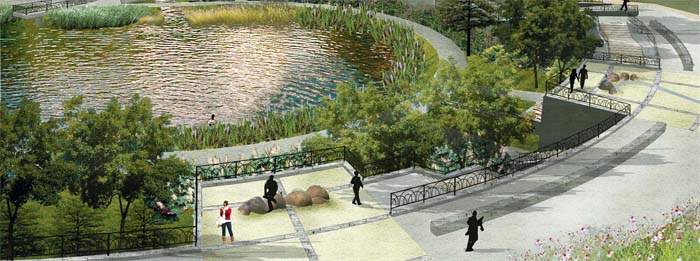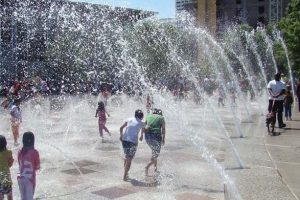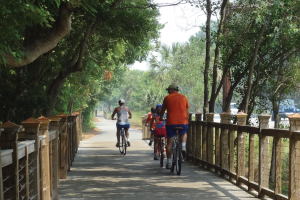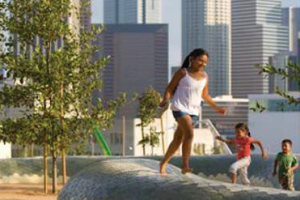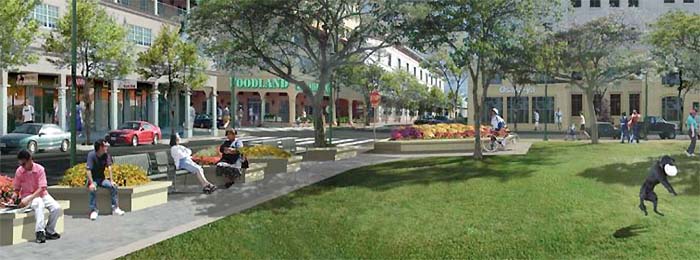
City Studies
Overview
America does its best work during the toughest times. In the midst of the deepest economic recession since the Great Depression we have created a solution to transform our cities, improve our quality of life, and put more of our citizens back to work. Red Fields to Green Fields is a visionary concept that offers immediate benefits and a unique opportunity to create a lasting legacy.
With Green Fields, hope blooms from economic decay in the form of public parks and revitalized green space.
Red Fields to Green Fields aims to do more than make esoteric changes to our landscape. It is meant to significantly improve our health, promote sustained economic development, and turn non-productive assets into well managed green space for our neighborhoods and cities.
Atlanta: A green tree canopy exists in most of Atlanta’s backyards, yet only 4.6% of the land within the Atlanta city limits is preserved as parks. Georgia has more bank failures than any other state, a result of the commercial real estate boom and bust that has virtually halted this country’s leading growth engine. Green Fields can fuel active, vibrant, and economically stable hubs of prosperity, cultural and community engagement, and human and environmental health.
In Cleveland, the current economic crisis provides the opportunity to reimagine Cleveland, and Red Fields to Green Fields supports that vision by restoring sites to productive use with public benefit. Restoring Cleveland’s ecosystems to a more natural state and remediating impacted properties is a key element of Cleveland’s Red Fields to Green Fields program, and creates interconnected trails and greenways that link citizens with urban centers.
In Denver, flourishing parks would revitalize crumbling commercial real estate. Denver County is the fourth fastest growing county in the US; Red Fields to Green Fields can position Denver to double the size of its park system and position Denver as the “go-to” city for new businesses and workers pursuing a healthy and productive outdoor recreation based lifestyle.
In Miami-Dade, revitalized neighborhoods will bloom from urban and economic decay. Green Fields aims to combat transportation and health concerns in the booming metropolitan population as well as usher Miami-Dade through its rapid population change and growth toward a healthy future.
Philadelphia, once known as “Workshop of the World” has a legacy of diverse manufacturing as well as entrepreneurial enterprise. Red Fields to Green Fields can facilitate the transition from industrialization to a knowledge based economy by converting underutilized sites into greenways and inter-connected rail systems. Decades ago industrial enterprises were linked by the region’s waterways and rail systems. To improve the landscape and promote economic development in the regions, new linkages between the waterways, transportation corridors and communities will be forged with this program.
Wilmington is a local and national center for multi-specialty pediatric research, elderly health care and financial services. However, Wilmington’s urban neighborhoods struggle with vacant properties, low property values, and underutilized commercial corridors. It is our plan to diminish Wilmington’s detriments while encouraging its assets to bring a new sense of success through public spaces, natural and cultural centers, greenways, trails and parks.
As these proposed changes push for action, the gain far outweighs the cost. What is the price to pay in the future if these plans fail to actualize? It will not be measured in dollars, instead in consequences.
